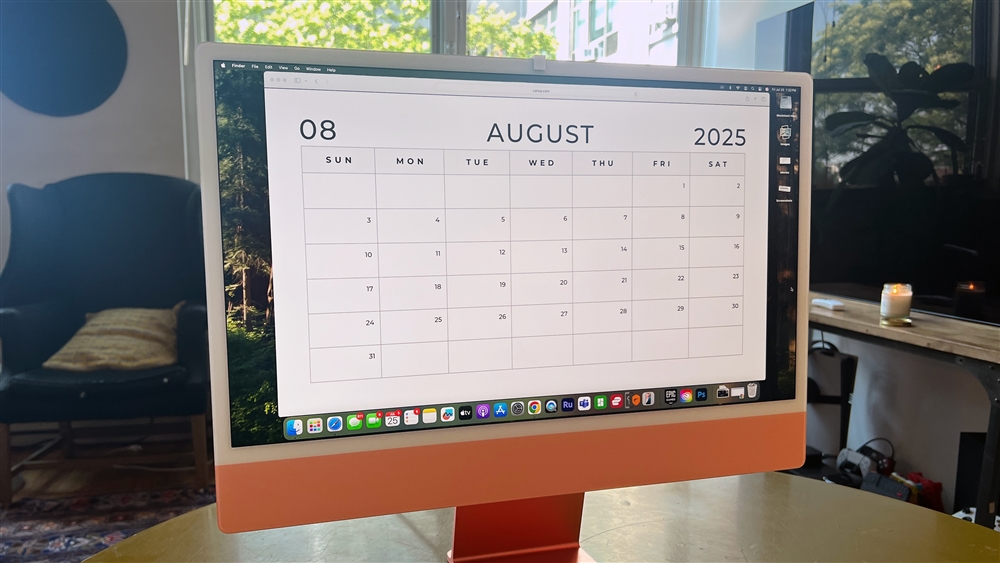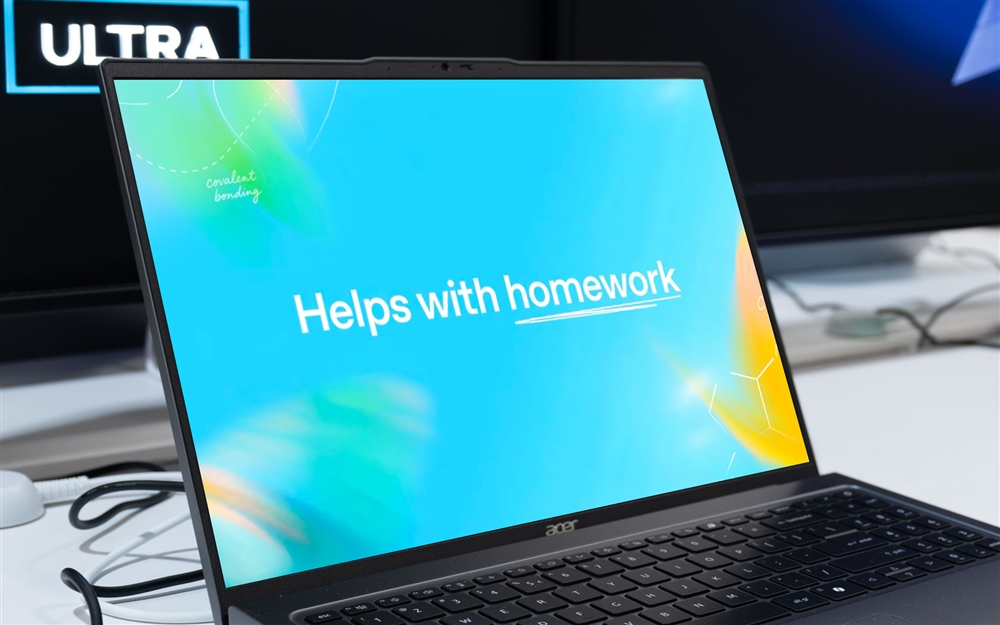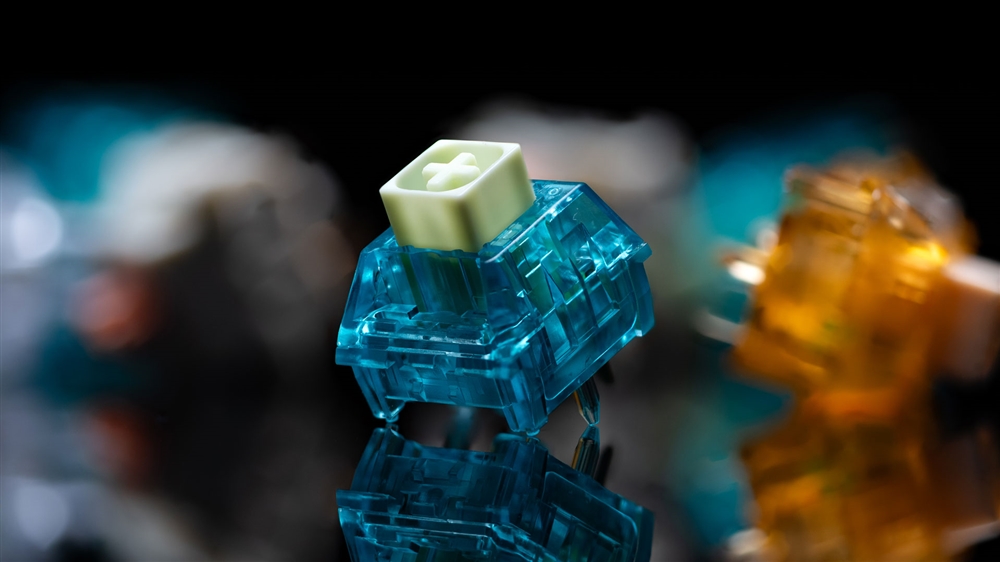The New Apple M2 MacBooks: What's New with M2? Now In Stock at Select Stores!
The release of the new MacBook Air brings a new, upgraded M2 platform, but what does this mean to the end user? The quick answer is more performance paired with more efficient and longer-lasting battery life.
The longer answer is a bit more complicated, so before we dig in, a quick description of what a System on Chip (SOC) is and how it relates to Macs. SOC is the technology that combines processing (both core and graphic), memory (both system and graphic), and storage on a single integrated piece of hardware rather than being components on a motherboard. This makes for a very efficient and very fast system, perfect for the MacBook Pro.
So, what's new with M2?
M2
· 20 billion transistors (up from 16 billion transistors in the M1)
· 4 high-performance "Avalanche" cores
· 4 energy-efficient "Blizzard" cores
· 3.49GHz CPU clock speed (up from 3.2GHz)
· CPU cores first seen in the iPhone 13 lineup's A15 Bionic chip
· 10-core GPU (up from 8 cores)
· Support for 8GB, 16GB, or 24GB unified memory
· 100GB/s memory bandwidth (up from 68.25GB/s)
· 40% faster Neural Engine
· Media engine for hardware-accelerated H.264, HEVC, ProRes, and ProRes RAW
· Higher-bandwidth video decode engine
· Video encode engine
· ProRes encode and decode engine
· Improved image signal processor (ISP)
With the features laid out, let’s take a brief look at the difference in a MacBook Air running on the M2 platform.
CPU
CPU performance is increased by 18% according to early Geekbench tests over the M1. The core technology is what is used in the current line of iPhones running the A15 processor. The M1 is using CPU core technology based on the A14 processor. The Level 2 cache on the M2 is also larger at 16 MB instead of 12MB. Multicore performance tests show nearly a 20% increase over the M1 according to Geekbench as well. The technology is still based on the 5nm manufacturing but is enhanced with the M2.
GPU
Right off the bat, you see an additional 2 GPU cores, increasing the total count to 10. This is offering a 25% increase in graphics processing at the same power level over the M1 but, with the additional power provided by M2, it's increased by 35% at max power. With early Geekbench Metal benchmarks, the M2 chip scored 30,627, a notable improvement over the 21,001 score earned by the M1.
Native Media Encoding
In addition to the hardware accelerated encoding of H.264 and HVEC, the M2 adds ProRes and ProRes RAW for native graphics engine support, this allows for better graphics manipulation dealing with ProRes and ProRes RAW graphic support. Something that required more CPU and memory usage to accomplish in the past.
Memory
The overall bandwidth of unified memory has increased from 68.26 GB/s to 100 GB/s and is configurable from a max of 16 GB to 24 GB. That much bandwidth increases the read/write speed by 32%. This is the largest advantage SOC has over traditional architecture and Apple has continued to increase that performance.
Neural Engine
The Neural Engine is what Apple has developed to allow machine learning. If you have your Mac do the same action every day (or multiple times a day), it analyzes those repetitive tasks and increases the efficiency of performing those tasks. The M2 does this at a rate of 15.8 trillion calculations per second. This is a 40% increase over the M1.
As Apple continues to improve its SOC technology through improvements in design but also with improvements in the manufacturing process, its computers will continue to get faster while using less power to do this.
These items are specific to the M1 compared to the M2, but there are also a number of other improvements that are specific to the MacBook Air. Extended battery life by adding a larger capacity battery, brighter and slightly larger screen, 2 additional speakers, a 1080p facetime camera, and a headphone jack that supports high impedance headphones.
If you're not excited yet, check these out:
Now In Stock at Select Stores!
Apple MacBook Air MLY33LL/A (mid 2022) 13.6" Laptop Computer
Specs at a glance
- Apple M2 8-Core CPU
- 8GB Unified Memory
- 256GB Solid State Drive
- 8-Core GPU/16-Core Neural Engine
- macOS
- 802.11ax Wi-Fi 6
- Bluetooth 5.0
- 13.6" Liquid Retina display with True Tone










